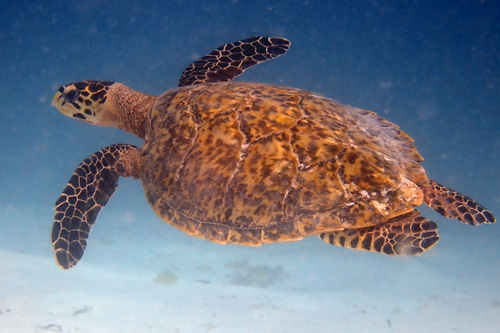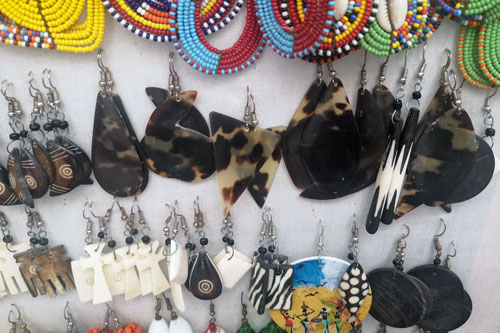Poaching means the illegal take, hunt or catch of wildlife. The take or harvest of sea turtles and their eggs has been a traditional activity among many coastal communities for centuries. Most indigenous coastal tribes of many countries, specially in the tropics, capture sea turtles for subsistence and as a source of animal protein. This artisanal and subsistence take, primarily for local consumption, was likely occurring at sustainable levels at first.
The consumption and trade of sea turtles became more common in the temperate zones during the colonisation of the New World. Whalers and ocean explorers exploited sea turtles as a supply of fresh meat during the long journeys across the Atlantic ocean between the Caribbean sea to Europe, as turtles were found to withstand several weeks alive inside the boats without food, or water!
Sea turtle meat was introduced in Europe as a delicacy by the end of the 19th century, with green turtle soup becoming particularly popular in Great Britain. Then new markets started to develop in Europe and Asia throughout the first half of the 20th century, peaking between the 1950s and the early 1970s.
Ongoing sea turtle consumption (legal and illegal) occurs in many parts of the world, including Australia, the Caribbean, the Indian Ocean, Central and South America, among many other nations. Apart from the meat, coastal communities may use internal organs such as kidney and liver for soup; oil extracted from the fat as a cure for respiratory problems, especially in children, while the blood can be drunk raw as a remedy for anaemia and asthma.
In the case of the hawksbill turtle, the richly patterned scutes that cover the carapace and plastron of the hawksbill (called tortoiseshell or bekko) have been considered a precious material — on par with ivory, rhinoceros horn, gold, and gems — for thousands of years; trade between some countries remains legal, and public sale of products, mainly for international tourists, occurs in many countries, legally and illegally. Read more about why hawksbill turtles are critically endangered.
References:
- Aguirre, A. A., Gardner, S. C., Marsh, J. C., Delgado, S. G., Limpus, C. J., & Nichols, W. J. (2006). Hazards associated with the consumption of sea turtle meat and eggs: a review for health care workers and the general public. EcoHealth, 3(3), 141-153.
- Humber, F., Godley, B. J., & Broderick, A. C. (2014). So excellent a fishe: a global overview of legal marine turtle fisheries. Diversity and Distributions, 20(5), 579-590.
- Mancini, A., & Koch, V. (2009). Sea turtle consumption and black market trade in Baja California Sur, Mexico. Endangered Species Research, 7(1), 1-10.
- Meylan, A. B., & Donnelly, M. (1999). Status justification for listing the hawksbill turtle (Eretmochelys imbricata) as critically endangered on the 1996 IUCN Red List of Threatened Animals. Chelonian conservation and Biology, 3(2), 200-224.



